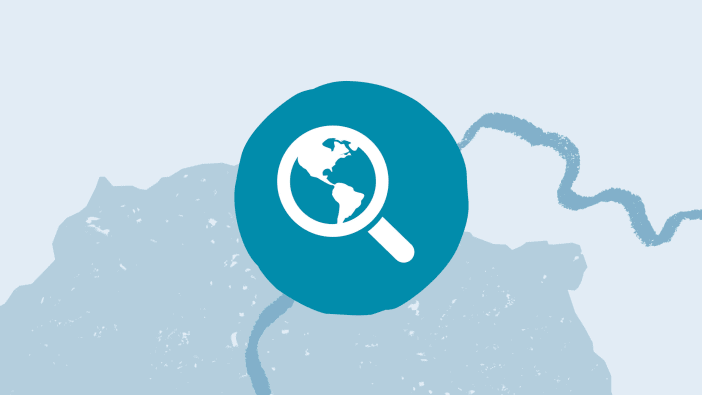Background
There is a close link between HIV and livelihoods, as health effects of HIV are often disruptive to livelihoods and income generation. HIV can affect livelihoods in many different ways. Periods of illness can result in loss of labour, both of the sick individual and their carer. This may lead to food insecurity and poor resource management, as natural resources may be overexploited as a source of nearby food and income. Death of an individual can prevent knowledge transfer between families, leaving younger generations without the knowledge and skills to continue the family business. Orphans and widows may also find themselves without land or houses due to land grabbing and inheritance traditions. Families affected by HIV may become isolated from their communities, as a result of stigma or lack of time to invest in relationships.
The project
Think Livelihoods! (TL) was developed in 2009 in partnership with Samaritan’s Purse and was tested in Ethiopia by Tearfund’s partners. TL is based on the sustainable livelihoods approach and aims to help vulnerable people to make the best possible use of their skills and resources, and to gain insight into and understanding of their local situation and vulnerabilities. In Ethiopia the training is incorporated into the self-help group programme, although it can also be run with support groups of 20-40, and encourages discussion and input from members.
TL focuses on 6 topics following an introductory session to explain the TL training.
- Asset mapping – Identifying individual’s assets and exploring assets which may not have been previously considered as having income generating potential.
- Vulnerability – Discusses positive and negative responses to difficulties. TL encourages positive responses which preserve assets.
- Value chain analysis – By understanding the value chain of products, participants can learn how to sell their products at a higher level of the chain, add value to their produce and generate more income.
- Policies Institutions and Processes (PIPs) – TL aims to educate participants about local PIPs, help people learn about their rights and opportunities, as well as encouraging people to advocate for change where PIPs are unhelpful or unjust.
- Livelihood development strategy – This aims to increase resilience by helping participants think about income generating activities and lifestyle choices which can help them save and reduce risk. Within families, TL encourages people to consider a range of livelihoods to improve sustainability and resilience to disasters.
- Taking action – The final step aims to consolidate all the ideas discussed, and help participants prioritise and form action plans. Facilitators should try to understand what support individuals require to succeed.
Impact
The Think livelihood! toolkit intends to help individuals identify their assets and apply them as a source of sustainable and resilient income. The TL program encourages follow up support and teaching local people how to train others, and therefore equips communities to independently provide training and support.
The TL training was evaluated in 2014 by comparing self-help groups which had received TL training those which hadn’t.
- TL encouraged urban dwelling individuals to start farms as a means to diversify their income. Urban farms generated an average of $230 per year, whereas those who did not receive training had almost no income from urban farming.
- In TL trained groups, 20 % more people sold directly to markets as opposed to selling at the farm gate, adding value to their produce.
- TL training also led to an increase of people transforming products to add value, eg by roasting or drying products.
- Overall, TL trained groups had more than twice the income that of non-trained groups ($934.56 vs $382.55 per annum), and had assets valued four times higher.
- TL trained groups indicated fewer ‘hungry months’ in the year where food was scarce, and increased access to external support such as economic and health assistance.
- TL trained groups also spent more money on health care and education, reflecting an increased income.






